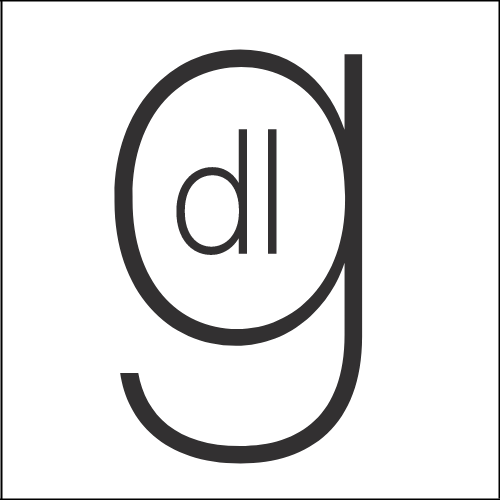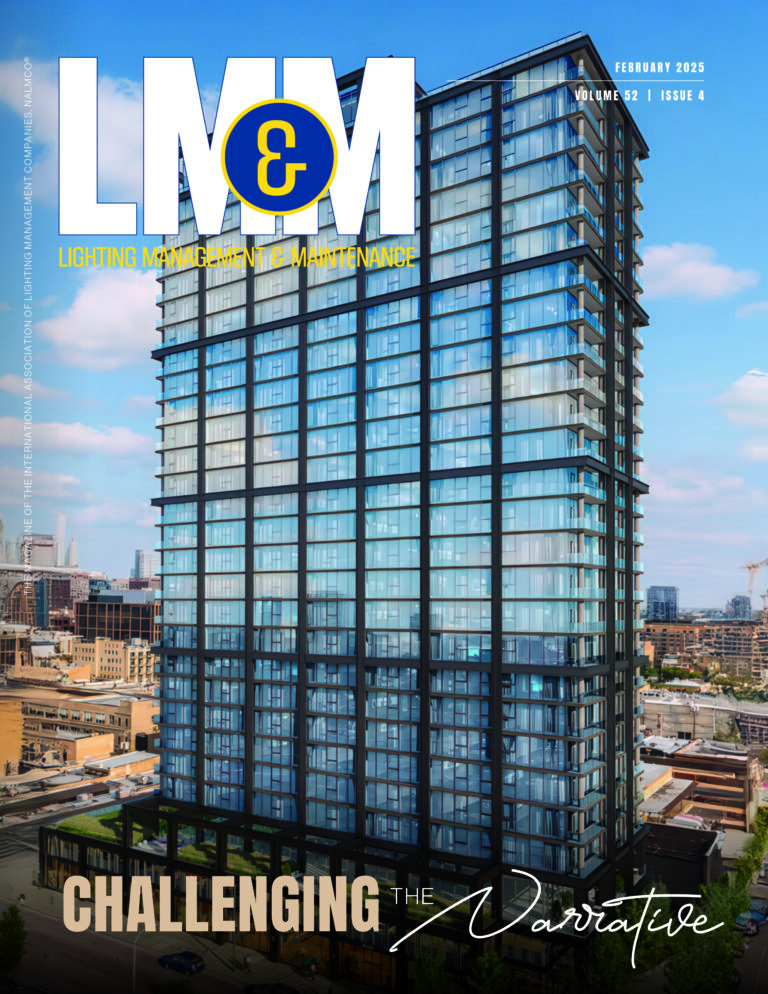How to Fix LightFair to Make it Successful, Sustainable and Profitable
The future of LightFair sits at a crossroads. Some believe Messe Frankfurt’s 2025 changes laid a solid foundation upon which to build. Others argue the event needs to be blown up and started over. The best solution likely lies in a combination of both approaches.
For decades, LightFair has served as the financial backbone of both IALD and IES, generating critical revenue that fuels their mission and operations. Supporting LightFair, in turn, supports the broader infrastructure of our industry. In recent years, however, financial pressures have forced IES and IALD to downsize. Specifically, IES has had to cut personnel and programs. If IES can’t regain its financial footing, there’s always another organization that could swoop in to fill the void. They did, after all, lend a helping hand during the golden age of utility rebates. And let’s be honest—no need to fret about their balance sheet. That organization has long since mastered the art of extracting revenue from the lighting community.
The Chicken-and-Egg Problem
Lighting designers were frustrated by the lack of exhibitors. Exhibitors, meanwhile, were disappointed by the limited number of lighting designers in attendance. It’s the classic chicken-and-egg dilemma that has dogged LightFair for years.
Under Messe Frankfurt’s new leadership, LightFair 2025 introduced several improvements. The education sessions were first-rate. The flat-rate drayage policy eased financial strain on some exhibitors. The Luminary Leaders program, which covered travel costs for key designers and buyers, received enthusiastic praise. Personally, I appreciated the controversial blackout lighting—it allowed booth designs to truly shine, but only for those who were aware of the change in advance.
Yet despite these positive steps, the event underperformed. Attendance and engagement levels were not high enough to be sustainable.

It’s Time to Name Names
At EdisonReport, we usually refrain from pointing fingers. However, the stakes are too high in this case to remain silent. After gathering extensive feedback from industry professionals, we will share our perspective on who’s responsible at the end of this article.
LightFair should leverage the positive aspects of 2025 as a foundation for future growth. LightFair should be blown up and started all over. Those two things are NOT mutually exclusive.

A Fresh Vision from Experience and Feedback
This plan draws on years of involvement. Your humble editor served two years on the LightFair Management Committee, one year on the Advisory Committee, and managed an IES Annual Conference. I’ve also attended most of the world’s leading lighting events over the past decade. More importantly, these suggestions reflect feedback from industry leaders through conversations held in our 2025 LightFair studio, email exchanges with industry leaders during the week, and phone calls and texts over the weekend.
Blow It Up: A New Show for Architectural Lighting
The most robust opportunities in lighting today lie in the architectural segment. So why not create a new show that reflects that? I propose a February event in New York: let’s call it Designer’s LightFair—a curated, invitation-only experience geared primarily toward professional lighting specifiers.
Big OEMs like Acuity, Cooper, and Current wouldn’t be invited. Their architectural brands—Mark Lighting, RSA, and Kim Lighting—would. Controls companies would also be excluded—they already have NYControlled. Driver and optics manufacturers, and other components, would not be part of this either—they have LEDucation.
Commodity vendors? Not invited. European architectural leaders like Flos, Targetti, ERCO, and Zumtobel? Absolutely. Legrand companies like Finelite, Focal Point and Indigo Clean would also be invited to exhibit.
The audience would include lighting designers from around the globe, but reps would be limited to the Northeast. Electrical contractors would be excluded, while Northeast-based electrical distributors would be welcomed. Architects, interior designers, and landscape architects would also receive invitations.
This would be an actual architectural lighting show—small, focused, and forward-thinking. Scheduled in February, it wouldn’t compete with LEDucation but complement it. If it did pull some traffic from LEDucation, that might be a good thing. A slimmer LEDucation might benefit from less attendee crowding, allowing for deeper, more meaningful conversations. Designer’s LightFair could ease some of that pressure.
Designer’s LightFair would have a smaller footprint than LEDucation. Freed from the size constraints of the Hilton Midtown, Designer’s LightFair could explore more flexible venues—offering Messe Frankfurt better negotiation power and greater creativity.
The format would be straightforward and design-forward: a two-day event with no tabletops allowed and no sprawling booths. Instead, every exhibitor would be encouraged to create small, immersive spaces. Booth size would be capped, eliminating the pressure and cost escalation of the booth “arms race.” The focus would be on impact—not square footage.
Big LightFair: A Broader, Unified Industry Event
Messe Frankfurt should still host a comprehensive biennial event—let’s temporarily call it Big LightFair. Everyone is welcome: from component makers to commodity vendors and all manufacturers’ reps. But here’s the twist—move it to the fall and integrate it into a broader lighting industry ecosystem.

A Weeklong Industry Celebration
We propose that IES host its Annual Conference, The Lighting Conference, during the two days leading up to Big LightFair, while IALD could schedule its Enlighten Americas for the two days following. Both organizations could present their respective awards during this shared week, creating a highly visible moment for industry recognition.
The goal is to consolidate the industry’s best programming into one dynamic, high-impact gathering. Industry associations would be encouraged to align their activities with this timeline. The NLB, for example, could host its Board of Directors meeting and Annual Lighting Forum during the week. Other groups such as NAILD, NEMRA, and WILD, just to name a few, would also be invited to schedule their annual events in conjunction with Big LightFair.
Here’s a suggested schedule:
-
Saturday – Industry Board Meetings
-
Sunday – IES: The Lighting Conference
-
Monday – IES: The Lighting Conference
-
Tuesday – Big LightFair
-
Wednesday – Big LightFair
-
Thursday – IALD: Enlighten Americas
-
Friday – IALD: Enlighten Americas
-
Saturday – Industry Board Meetings
This format would allow IES participants to attend Saturday–Tuesday, while IALD members could participate Wednesday–Saturday. It’s efficient, coordinated, and cost-effective.
Is It Time to Move Beyond Las Vegas?
Las Vegas has long been LightFair’s dependable host—but is it still the best fit? Nashville could be a smart alternative. Yes, hotels are pricey, but the city is rich in Airbnbs. Picture the Luminary Leaders program housing four designers in one home. Exhibitors could do the same—cutting costs while encouraging team bonding.
Nashville’s Advantages:
-
Within 600 miles of half the U.S. population
-
95+ direct flights from BNA
-
Served by all major airlines and low-cost carriers (Southwest, Allegiant, Frontier, Spirit, Avelo)
Whether flying Delta first class and booking the Four Seasons, or traveling with Spirit, and staying in an Airbnb, Nashville offers pricing flexibility for all budgets.
So Who’s Really to Blame?
Some point the finger at Messe Frankfurt. Others blame the big OEMs for staying home. Some argue that lighting designers didn’t show up. But the real issue? The lighting industry has changed. Messe did an outstanding job given what they had to work with. I empathize with the large manufacturers that would spend hundreds of thousands of dollars and wonder about their payback during these unknown times. I also understand the reps and designers not wanting to take the time or money to attend if there aren’t a lot of exciting new products. All are at fault; none are at fault. It is the state of our industry.
Tighter budgets. New business models. A tougher economy. These challenges make it difficult to sustain massive, standalone trade shows. Whether we like it or not, this is where we are. The future lies in focused, curated experiences—or consolidated industry gatherings that unite multiple audiences.
Additional Ideas Worth Considering:
-
IALD members could post on their websites:
“As a member of IALD, we prefer to specify products from manufacturers that support LightFair.” -
Update LightFair’s tagline from
“Presented by Messe Frankfurt” to “Owned by IALD and IES.”
LightFair 2025 offered some strong building blocks. Let’s use them. But let’s also not be afraid to start over. Both can happen!
Feel free to share your thoughts with me at [email protected]. Please indicate whether your comments are on the record or off the record.
Go Deeper: How to Improve LightFair
Editor’s Note: This article has been updated to include Focal Point as a Legrand company.




